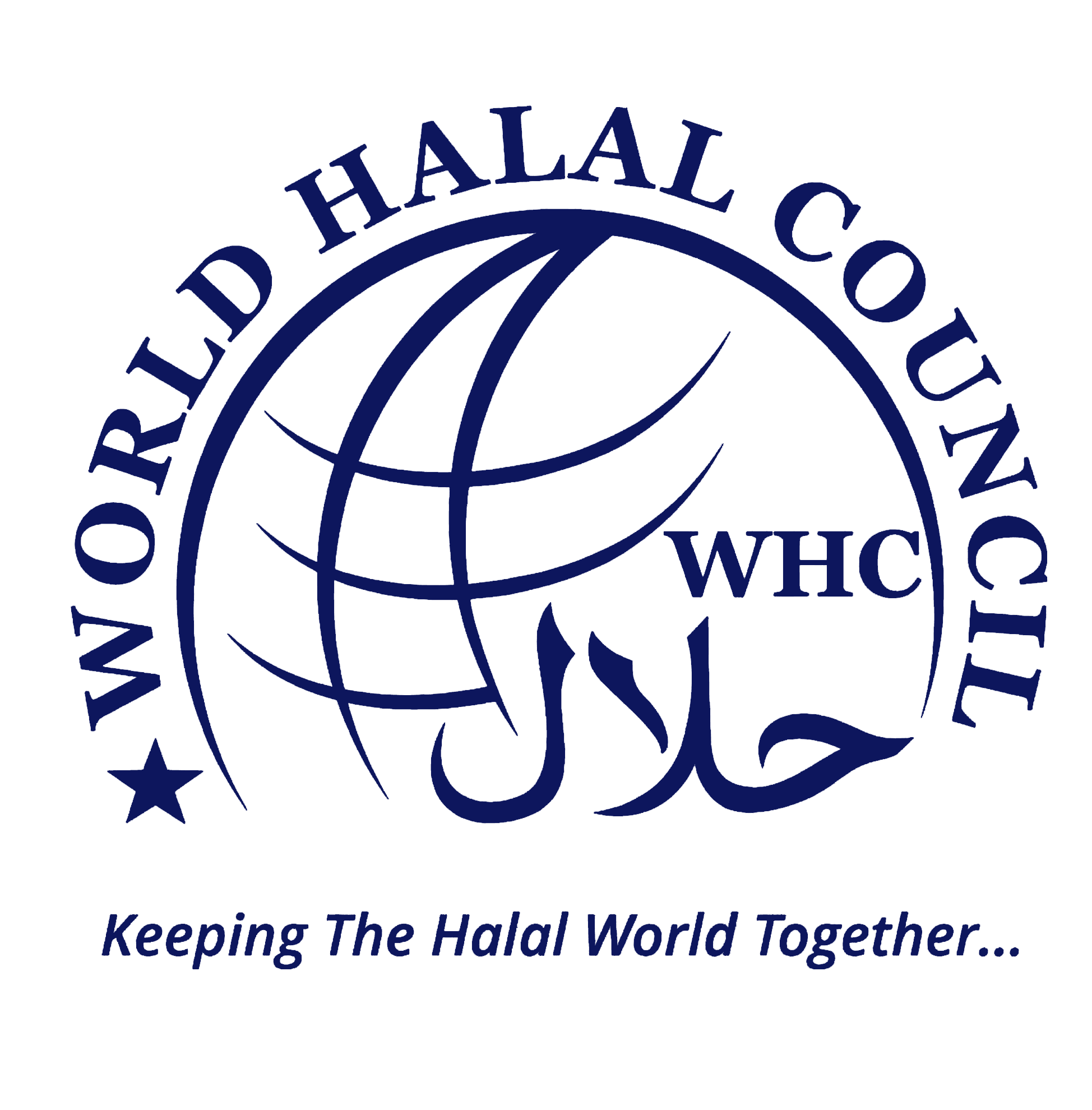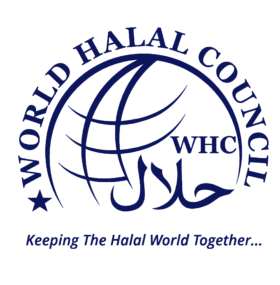Another Raw material in the Pandora’s Box: L-Cysteine
Many new raw materials have been added to manufacturers of food and medicine by producers for requested products by consumers. On the other hand, consumers also have started to ask for ingredients of products. In our posts, we have deliberated on the most inquired raw materials which are encountered on many products as mysterious and secret things in Pandora’s box and unknown by many consumers like MSG, gelatin, BHT, BHA. I would like to explain about L-Cysteine. What is L-Cysteine and its Halal situation?
Cysteine is an α-amino acid with the chemical formula HO2CCH(NH2)CH2SH. It is a semi-essential amino acid, which means that it can be biosynthesized in humans.
In the beginning, people think Halal products just for meat. However, due to increase of production technology very fast, there are many raw materials, which come from animal sources can use in the food, cosmetics and medicine. So, the consumers are more aware of this circumstance. L-cysteine is one of these raw materials. When the source of L-Cysteine has checked, feathers and pig bristles found. Before mention about usage in the Halal certified products, we have to analyses from different point of view.
What is L-Cysteine?
Cysteine is one of the 20 standard amino acids required by human beings and is unique among them in that it contains a thiol group. A thiol group (or sulfhydryl group) is a functional group composed of a sulfur atom and a hydrogen atom (-SH). It is responsible for a number of important functions of cysteine, such as allowing the formation of disulfide bonds that are crucial to defining the structures of many proteins. The other sulfur-containing amino acid, methionine, cannot form disulfide bonds.
Current usage of L-Cysteine
Cysteine, is a precursor in the food, pharmaceutical, and personal-care industries. One of the largest applications is the production of various flavors. For example, usage of l-cysteine in vegetarian foods to get meat flavors. L-cysteine is also used as a processing aid for baking. Small quantities help to soften dough and thus reduce processing time.
When used as a food additive, it has the E number E910, E920, E921. In the field of personal care, cysteine is used for ‘’permanent wave’’ applications, predominantly in Asia. The cysteine derivative N-acetyl cysteine (NAC) is often used as a cough medicine as it breaks up the disulfide bonds in the mucus and thus liquefies it, making it easier to cough up.
L-Cysteine sources
Cysteine can be found in meat, red peppers, garlic, onions, broccoli, brussels sprout, oats, milk, whey protein, and wheat germ. However, cysteine is not classified as an essential amino acid, and can usually be synthesized by the human body under normal physiological conditions.
L-Cysteine commercial production
The first L-cysteine has isolated from an animal horn. However, nowadays the cheapest source of material from which food-grade L-cysteine may be purified in high yield is by hydrolysis of molecules in human hair. Other sources include feathers, and pig bristles.
Halal point of view of L-Cysteine
The most found information about the L-cysteine status is Halal. The important point is the source of cysteine. Scholars mention that human is the best creation of Allah (S.W.T) so materials which come from human is forbidden to use in any production.
If the cysteine sources come from chicken or duck feather, it is highly important to slaughter according to Islamic principles. Mariam Abdul Latif from Putra University stated in a Halal Manual document that if L-Cysteine comes from Halal and Tayyib conditions, it is Halal.
China is the biggest producer for cysteine from human hair, and pig bristles by hydrolyses. Japan and Germany also two big producer countries, on the other hand, these countries produce cysteine from non-animal and non-human sources. There is also alternative for cysteine’s source. Although many other amino acids were accessible via fermentation for some years, L-Cysteine was unavailable when a German company introduced a production route via fermentation (non-human, non-animal origin.)
For this reason, the duck or chicken cysteine is acceptable if slaughter occurred according to Islamic method. This application is the same with Halal gelatin production.
The consumer must be aware of the usage of cysteine in the production. Preference and request about Halal raw materials will canalize companies to find Halal sources.
Sources:
en.wikipedia.org/wiki/Cysteine
gidaraporu.com
food-info.net
laleva.cc
shredzone.de
foodfigures.comissuu.com
vrg.org
inrfood.com
chemicalbook.com
issuu.com


